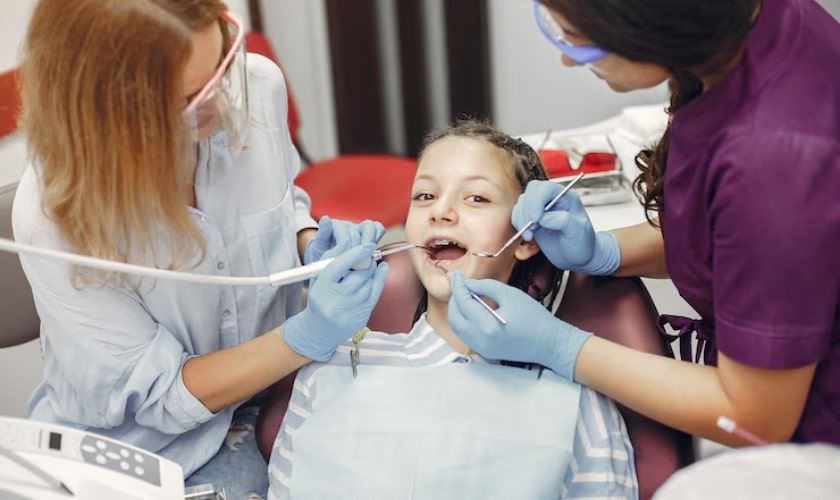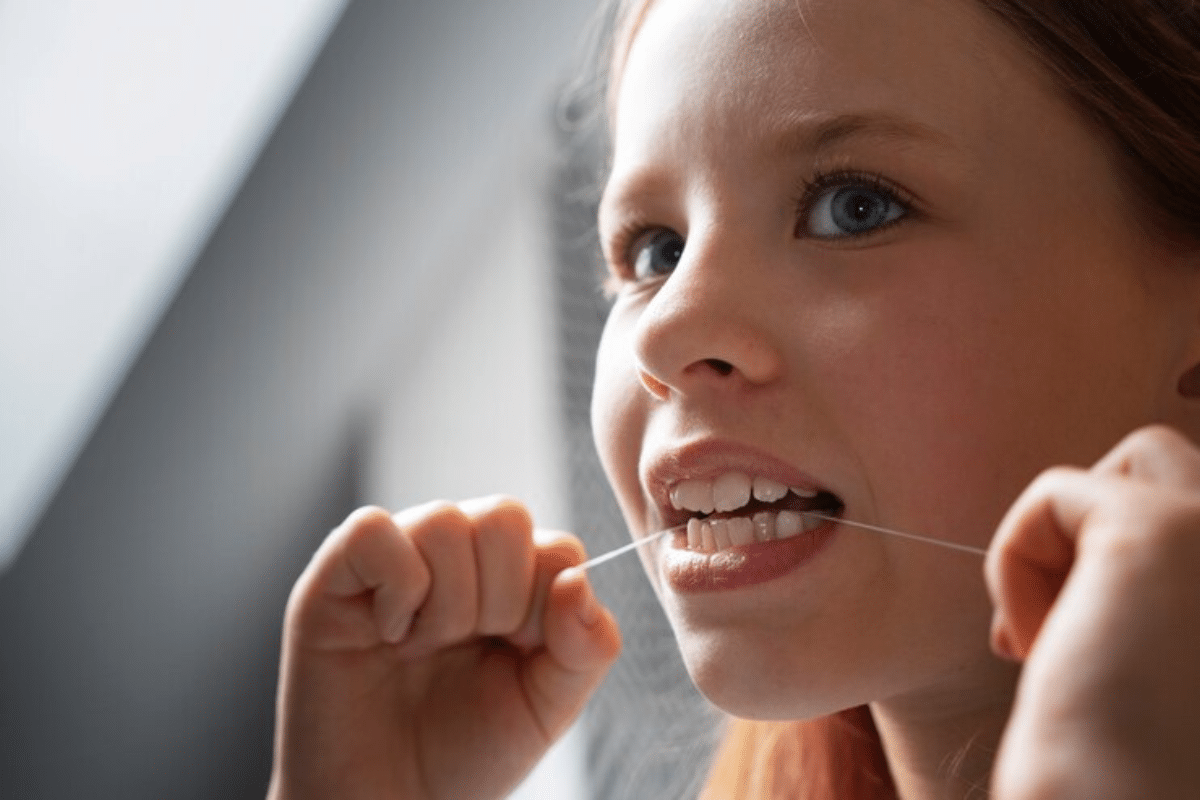
A child’s oral health is crucial for their overall well-being. Proper brushing techniques can prevent cavities, gum disease, and other dental problems. As a parent, you play a vital role in teaching your child how to brush their teeth effectively.
The Importance of Proper Brushing
Brushing your teeth is a fundamental aspect of maintaining oral health. It removes food particles and plaque, which can lead to cavities and gum disease. Plaque is a sticky film that forms on teeth and contains bacteria that produce acids that can erode tooth enamel. Regular brushing helps to prevent plaque buildup and maintain a healthy smile.
Benefits of Proper Brushing:
- Prevents Cavities and Gum Disease: Proper brushing helps remove plaque, a sticky film of bacteria that can lead to cavities and gum disease. If plaque is not adequately removed, it can harden into tartar, which can only be removed by a dentist.
- Promotes Healthy Gums: Effective brushing removes food particles and bacteria that can cause gum inflammation, bleeding, and gingivitis.
- Instills Good Habits: Establishing proper brushing techniques early on helps children develop lifelong dental hygiene habits.
- Reduces Dental Visits: Good brushing habits can prevent the need for more frequent dental visits due to cavities and other oral health issues.
When to Start Brushing?
It’s recommended to start brushing your baby’s teeth as soon as their first tooth erupts. Use a soft-bristled toothbrush and a small amount of fluoride toothpaste. As your child grows, you can gradually increase the amount of toothpaste used.
The Correct Brushing Technique
- Brush for Two Minutes: The American Dental Association (ADA) recommends brushing your teeth for two minutes twice a day. You can use a timer or a fun song to help your child keep track of time.
- Use a Soft-Bristled Toothbrush: A soft-bristled toothbrush is gentle on your child’s gums and teeth. Avoid using a toothbrush that is too hard, as it can damage the gums.
- Use a Small Amount of Fluoride Toothpaste: The ADA recommends using a pea-sized amount of fluoride toothpaste for children ages 3 to 6. For children under 3, use a smear of toothpaste.
- Brush All Surfaces: Be sure to brush all surfaces of your child’s teeth, including the front, back, and chewing surfaces. Don’t forget to brush their tongue as well, as bacteria can accumulate there.
- Angle the Brush Correctly: Place the toothbrush at a 45-degree angle to the gums and brush in small, circular motions. This helps to remove plaque from the gumline and between teeth.
- Floss Daily: Flossing is essential for reaching the areas between teeth that a toothbrush cannot. Start flossing when your child has teeth that are touching each other.
Tips for Teaching Your Child to Brush
- Make Brushing Fun: Turn brushing into a game or sing a song while brushing.
- Lead by Example: Show your child how to brush properly by brushing your teeth with them.
- Be Patient: It may take time for your child to learn how to brush their teeth effectively. Be patient and provide positive reinforcement.
- Visit a Pediatric Dentist: Regular visits to a pediatric dentist in San Antonio can help ensure your child’s oral health is on track. A dentist can provide professional cleanings and offer advice on proper brushing techniques.
When to Consult a Pediatric Dentist?
A pediatric dentist is a dental professional who specializes in the oral health of children. They can provide a variety of services, including:
- Regular checkups and cleanings
- Preventive treatments, such as fluoride treatments and dental sealants
- Treatment for cavities and other dental problems
- Orthodontic treatment, such as braces
If you have concerns about your child’s oral health, schedule an appointment with a pediatric dentist. They can help you ensure your child has a healthy smile for life.
Teaching your child proper brushing techniques is an important part of ensuring their oral health. By following these tips and seeking the guidance of a pediatric dentist in San Antonio, you can help your child develop healthy dental habits that will benefit them for years to come.







